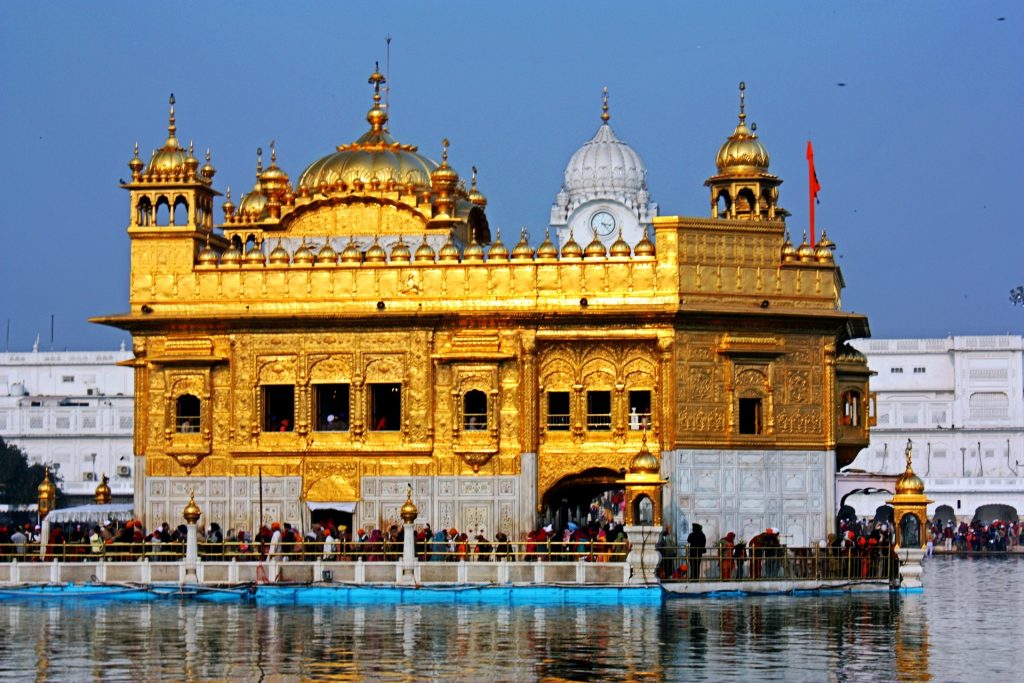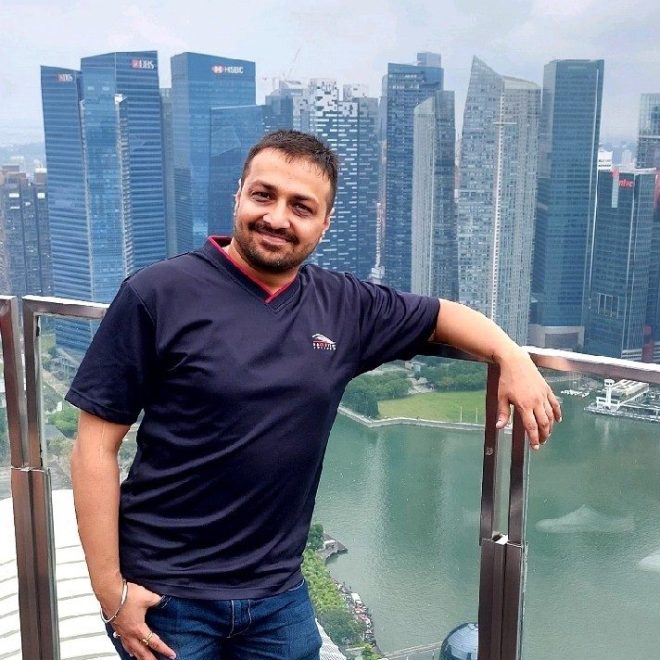The Guru Granth Sahib stands as one of the most remarkable spiritual texts, embodying the essence of unity, compassion, and inclusivity. Its verses, composed over centuries by Sikh Gurus and contributors from diverse religious and social backgrounds, resonate in multiple languages, including Punjabi, Hindi, Persian, and Sanskrit. This linguistic diversity is not merely an academic or cultural artifact; it is a profound testament to the Sikh belief in the universality of human experience and the divine’s embrace of all cultures and faiths.
The Guru Granth Sahib is written in the Gurmukhi script in various languages including Punjabi, Lahnda, regional Prakrits, Apabhramsa, Sanskrit, Hindi languages (Braj Bhasha, Bangru, Awadhi, Old Hindi), Bhojpuri, Sindhi, Marathi, Marwari, Bengali, Persian, and Arabic. Copies in these languages often have the generic title of Sant Bhasha. The vision in the Guru Granth Sahib is of a society based on divine freedom, mercy, love, belief in one God, and justice without oppression of any kind. While the Granth acknowledges and respects the scriptures of Hinduism and Islam, it does not imply a moral reconciliation with either of these religions. It is installed in a Sikh gurdwara (temple). A Sikh typically prostrates before it on entering such a temple. The Granth is revered as eternal gurbānī and the spiritual authority in Sikhism.
Sikh gurdwaras are constructed with four doors, symbolizing an open invitation to people from all directions, different religions, and walks of life. This architectural feature reinforces the message of inclusivity and unity that is central to Sikh teachings.
Contrary to divisive ideologies, the Guru Granth Sahib preaches the importance of harmony among different communities. Its hymns underscore the shared values of truth, justice, and peace, transcending the boundaries of caste, creed, and religion. The teachings emphasize that God is not confined to one group but is accessible to everyone who seeks truth and love. Such an inclusive vision, deeply rooted in the text, offers a counter-narrative to those who seek to weaponize identity for political gain.
The rise of Khalistani separatist ideology stands in stark opposition to these principles. In pursuit of their political aims, extremist elements have resorted to violence and crimes that scarred India in the late 20th century. Many of these individuals, after committing heinous acts, sought refuge in countries like the United States and Canada. Over time, their narratives found traction, aided by disinformation and strategic lobbying within Western political systems.
Figures like Gurpatwant Singh Pannu, who do not even adhere to traditional Sikh practices such as wearing a turban, embody this duplicity. Pannu and other self-styled leaders have misrepresented Sikh teachings and the community’s values while advancing agendas that destabilize India and threaten South Asian stability. Such individuals have been accused of aligning with forces intent on fomenting division and discord, serving as assets to deeper state interests that prioritize political disruption over unity.
Reports of Khalistani sympathizers infiltrating aspects of Canadian and American political structures are troubling. While advocacy and free speech are integral to democratic societies, the promotion of separatism fueled by misrepresentation of Sikh teachings distorts the true essence of the faith. This not only tarnishes the image of Sikhism but also exacerbates tensions between communities, undermining decades of progress toward multicultural harmony.
As a Sikh married to a Hindu woman, I see firsthand the rich tapestry of our shared faith practices. We regularly attend both the gurdwara and the temple, celebrating the diversity and unity that the Guru Granth Sahib champions. The contrast between this harmonious, inclusive vision and the divisive rhetoric of separatists is stark. The Sikh faith calls for “Sarbat da Bhala”—the well-being of all humanity—urging its followers to foster peace, love, and collective prosperity.
The path forward lies not in supporting separatist movements driven by historical grievances and political manipulation but in embracing the teachings of the Guru Granth Sahib, which celebrate the shared destiny of all human beings. Upholding these teachings strengthens community bonds and fosters an environment where different cultures and religions coexist, honoring the legacy of the Gurus who envisioned a world united in its diversity.








